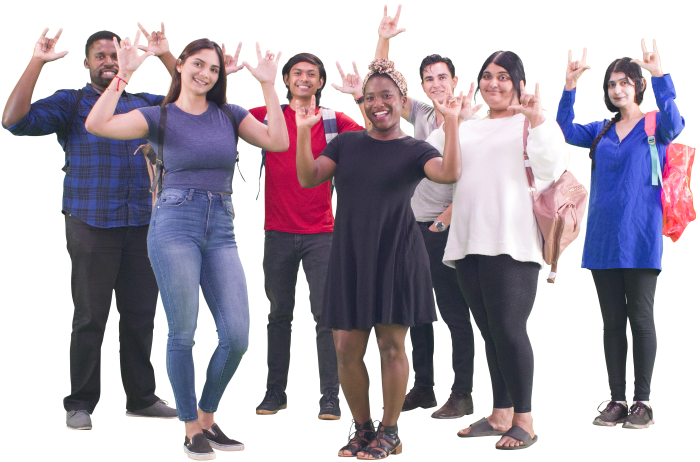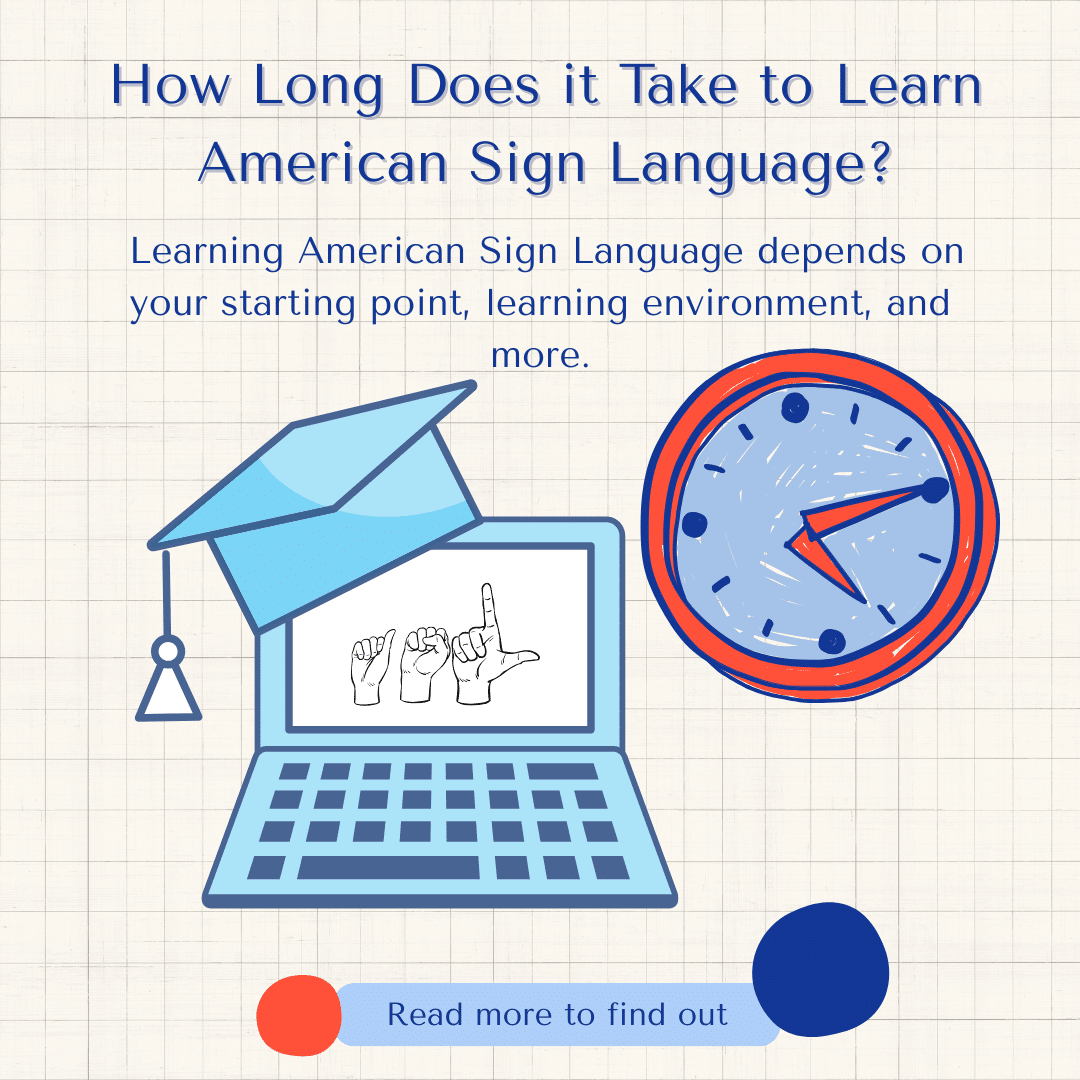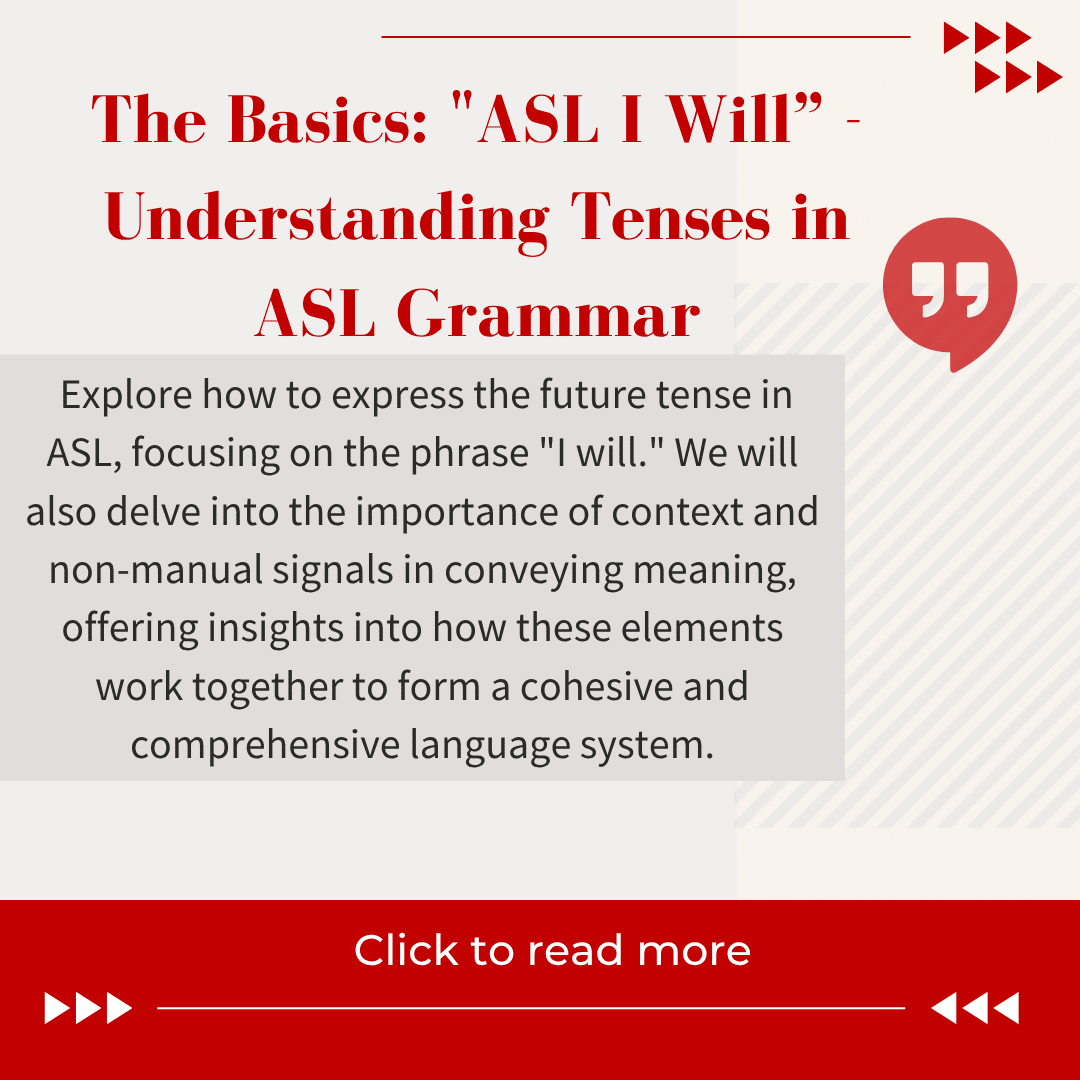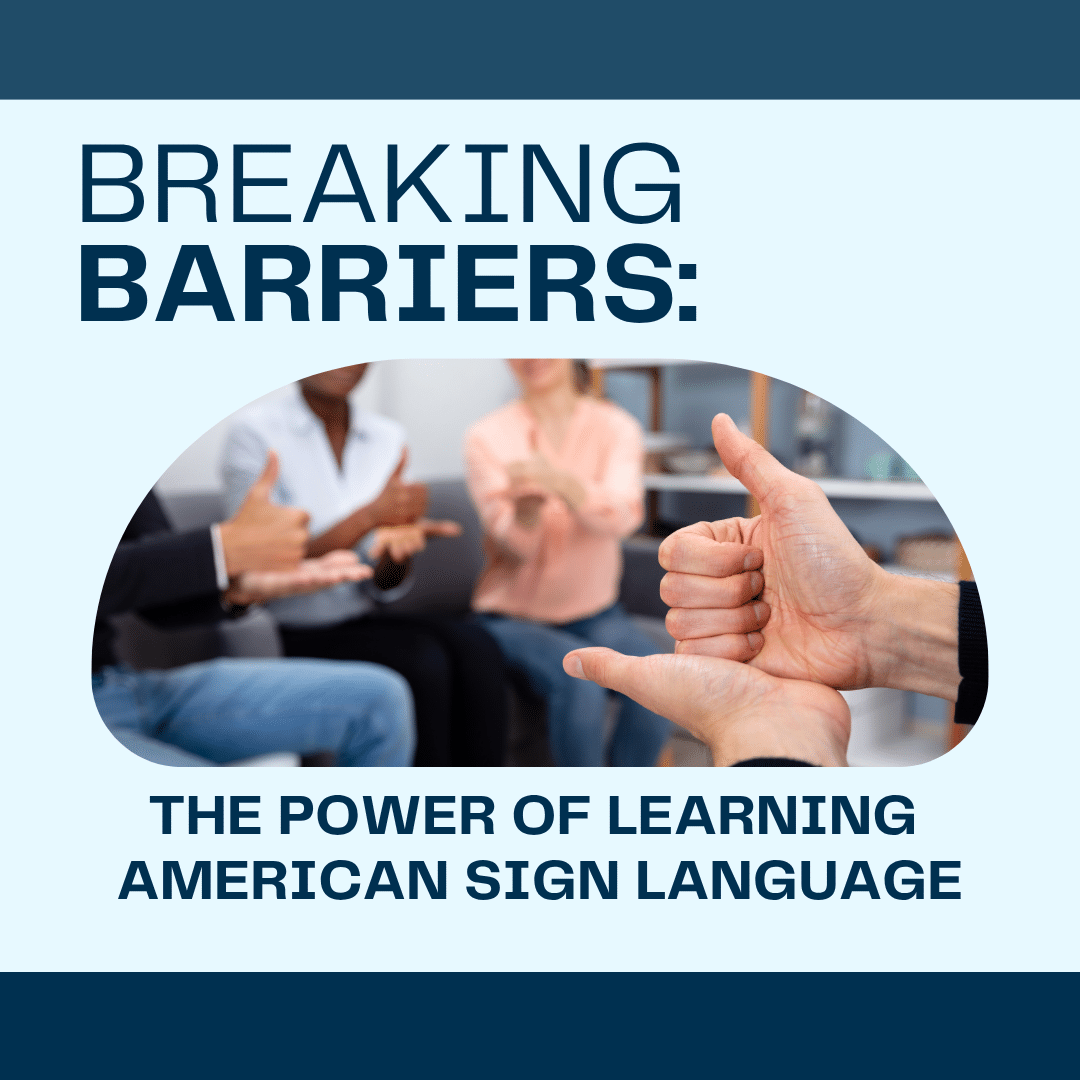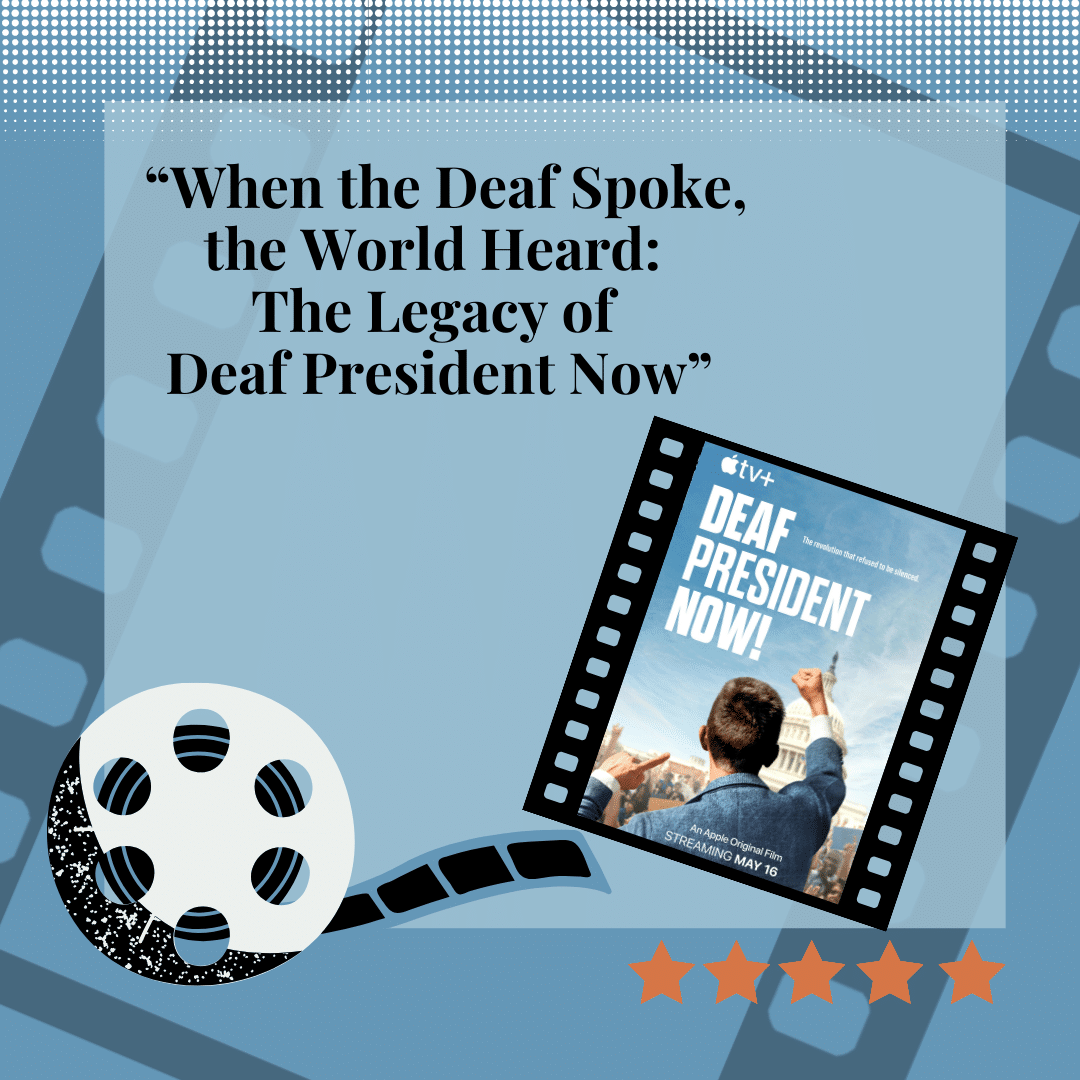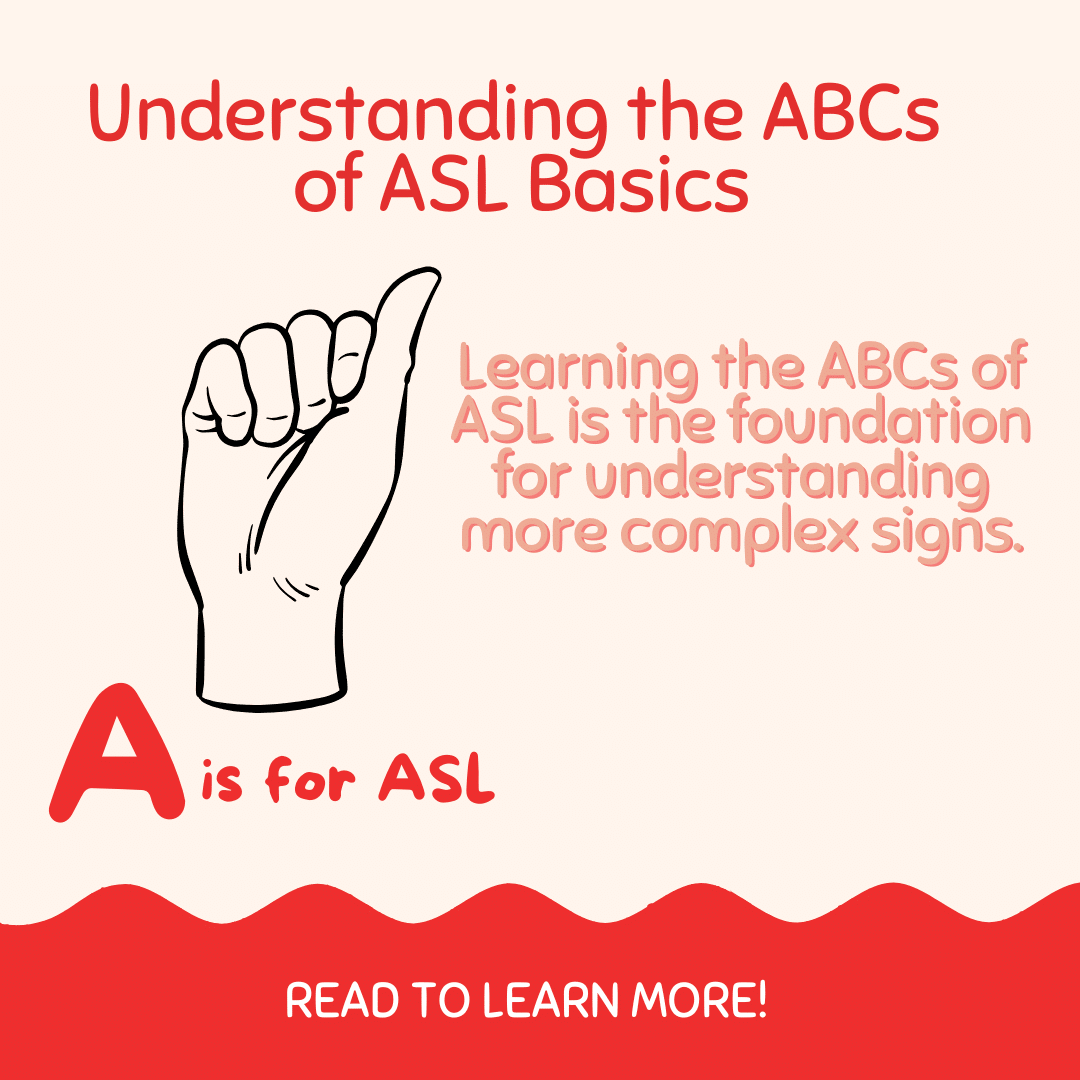
Sign Language Online: ASL 1 – Unit 6 Sample
In this unit sample as you learn sign language online, you will be learning about ASL questions.
Sentence Types: Questions
There are a few different sentence types in ASL. These sentence types are not the same as word order. Word order shows the order in which you can sign your words. Sentence types show how to use word order along with non-manual markers to form certain types of sentences.
Basically, you can use different types of word order with each of these sentence types. The difference between each type has to do with the non-manual markers associated with it.
Questions
There are two types of questions used in ASL–yes/no questions and wh-word questions. The only way to decipher between these two questions in ASL is by the use of non-manual markers.
“Wh” Word Questions (whq)
Wh-word questions are questions that require more than a yes or no answer. These are normally questions that use the words who, what, when, where, why, or how.
Non-Manual Markers:
- Lower your eyebrows
- Lean your head forward
- Make direct eye contact
- Hold the last sign in your sentence
(usually the wh-word)
Examples:
- HE/SHE WHO?
(“Who is he/she?”) - YOU LEARN SIGN WHERE?
(“Where are you learning sign?”) - YOUR TEACHER WHO? (“Who is your teacher?”)
Yes/No Questions (y/n)
Yes/no questions are questions that only require a simple yes or no answer.
Non-Manual Markers:
- Raise your eyebrows
- Lean your head forward
- Make direct eye contact
- Hold the last sign in your sentence
Examples:
- DEAF YOU? (“Are you Deaf?”)
- STUDENT HE/SHE? (“Is he/she a student?”)
- YOU MARRIED YOU? (“Are you married?”)
Question Examples
Watch the video clip below. Each type of question will be demonstrated for you.
Take Our Free ASL 1 Course
This unit is just a sample of our complete course where you can learn American Sign Language quickly and easily. Enroll in our Free ASL 1 Course today!
Start Learning ASL Today!
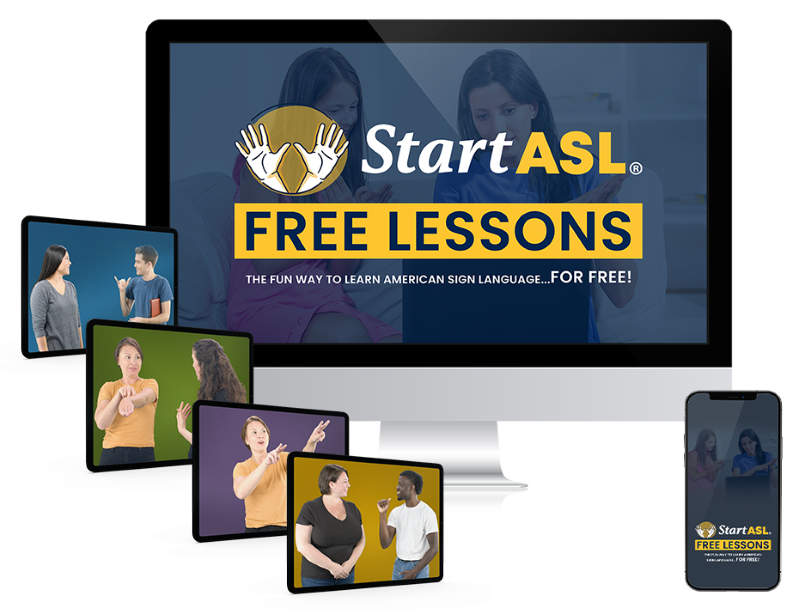 Ready to start learning real American Sign Language and not just basic signs? Do you want to be a part of the vibrant Deaf community? Check out our Free ASL 1 Course or our Complete 4-Level ASL Course options and start learning ASL today!
Ready to start learning real American Sign Language and not just basic signs? Do you want to be a part of the vibrant Deaf community? Check out our Free ASL 1 Course or our Complete 4-Level ASL Course options and start learning ASL today!
